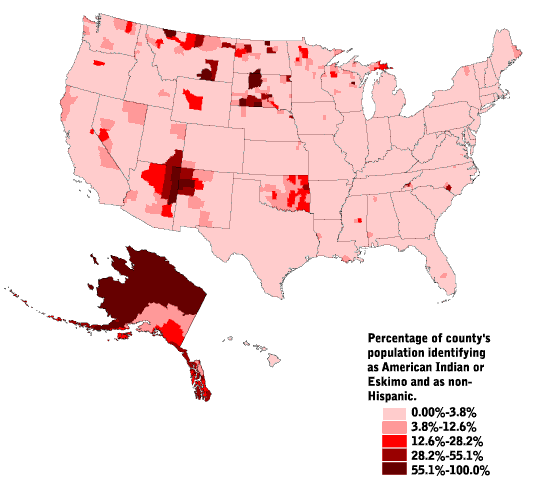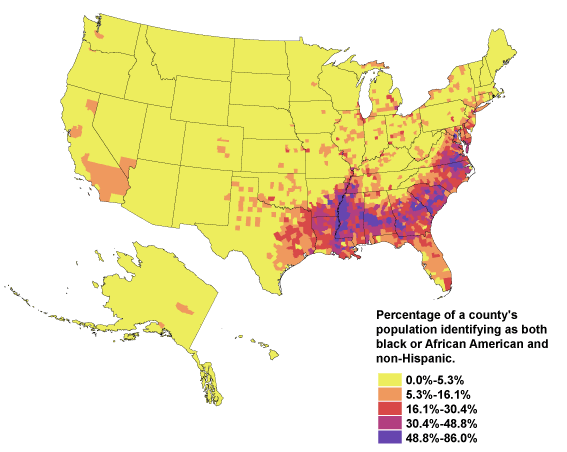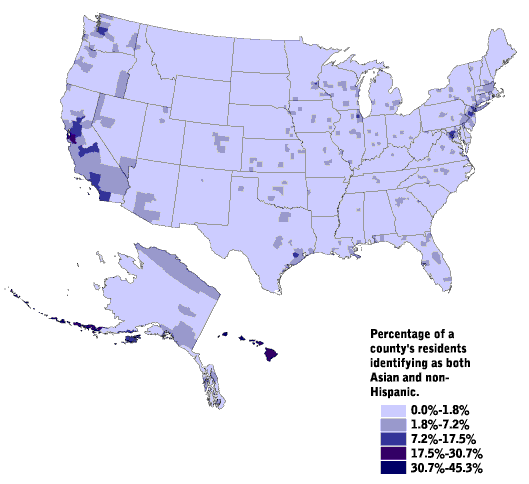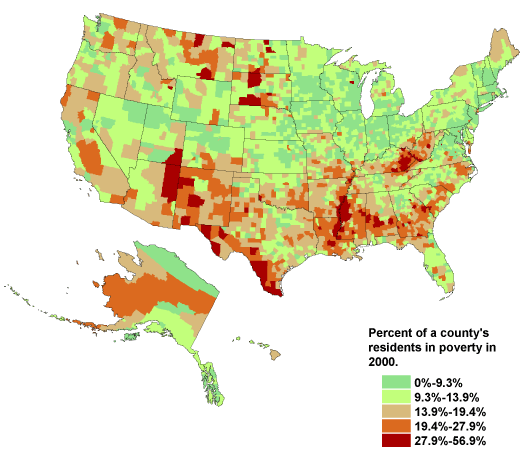You may have seen the following in your social media feeds:
ACTION ALERT: Through the Federal Register, the U.S. Dept. of Education is receiving comments on why it’s important to preserve and expand the Department’s Civil Rights Data Collection. The Obama Administration published this request for comments on December 30, 2016 and it is essential that we flood Secretary DeVos with comments that explain why this data collection is essential for enforcing civil rights statutes and helping to protect all students.Comments are due on Tuesday, February 28. Please click HERE to comment.All you have to say is: “The Civil Rights Data Collection (CRDC) provides much-needed transparency and information on key education and civil rights issues in our nation’s public schools. This data helps the U.S. Department of Education achieve its mission of ensuring access to equal educational opportunity for all students. Secretary DeVos must preserve, expand, and publicly share the results of the CRDC.”Copy and paste on Facebook, but do not share.
The CRDC collects a variety of information including student enrollment and educational programs and services, most of which is disaggregated by race/ethnicity, sex, limited English proficiency, and disability. The CRDC is a longstanding and important aspect of the ED Office for Civil Rights (OCR) overall strategy for administering and enforcing the civil rights statutes for which it is responsible. Information collected by the CRDC is also used by other ED offices as well as policymakers and researchers outside of ED.
2. Access to Internet While many school districts have used the internet to enhance educational opportunities, there have been concerns that schools and school districts do not have equitable access to high-speed internet. This equity concern occurs at both among and within school districts. For the 2017–18 CRDC, OCR is proposing to collect new information regarding internet access: Amount of school bandwidth in Megabit per second [see Attachment A-2, page 69 (Data Group 1014)] Do many school districts already collect (or could they easily obtain) school bandwidth data that would allow OCR to determine the existence and scope of any such access disparity? Are there other data about connectivity that OCR should consider collecting to gauge access disparity?
How can I use the Federal Register to affect Federal rulemaking?
Federal agencies are required to publish notices of proposed rulemaking in the Federal Register to enable citizens to participate in the decision making process of the Government. This notice and comment procedure is simple.
- A proposed rule published in the Federal Register notifies the public of a pending regulation.
- Any person or organization may comment on it directly, either in writing, or orally at a hearing. Many agencies also accept comments online or via e-mail. The comment period varies, but it usually is 30, 60, or 90 days. For each notice, the Federal Register gives detailed instructions on how, when, and where a viewpoint may be expressed. In addition, agencies must list the name and telephone number of a person to contact for further information.
- When agencies publish final regulations in the Federal Register, they must address the significant issues raised in comments and discuss any changes made in response to them. Agencies also may use the notice and comment process to stay in contact with constituents and to solicit their views on various policy and program issues.
If you are someone like me who cares deeply about civil rights, then please take the five minutes to tell the Department of ED why knowing who is in our schools and how they are treated is still important information for our country.





